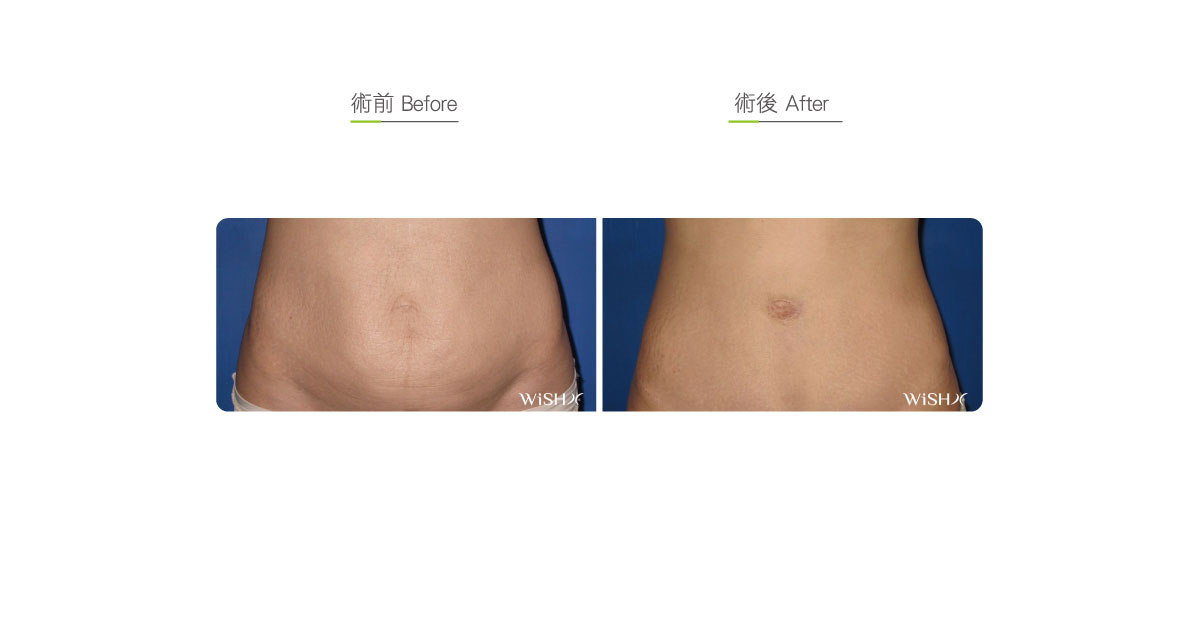Umbilicoplasty
For patients with a congenital umbilical protrusion or an acquired protrusion due to multiple pregnancy, umbilicoplasty should be conducted to attain obvious and long-lasting results. A 2–4-cm incision is made inferior and superior or right or left to the navel, and then, fats around the navel are removed to explore the abdominal muscle. The loose rectus abdominis muscles and sheathes are tightened and stitched by non-absorbable sutures, then the superficial skin of the navel is embedded into the deep fascia of the abdominal wall. In this way, the umbilicus is effectively depressed and shortened to sculpt a concave navel. This surgery is also frequently performed along with tummy tuck to restore the normal appearance of the navel.
Surgical conditions
Duration
0hr
- Type of anesthesia: IV sedation + local anesthesia
- Type of incision: An incision around the umbilicus
- Recovery: 2–3 days
- Removal of stitches: 7–10 days
General instructions
No food and water on the day of surgery
0hr
- Avoid abdominal exertion for 1 month postoperatively.
- Avoid strenuous abdominal activities for 3 months postoperatively.
- Wear a compression garment for 3 months postoperatively to prevent the loosening of the navel suture.
- Take care of the scar consistently for 6 months postoperatively.
Ideal candidates
- Patients with a congenitally protruding navel
- Those with a navel deformity, distension, or distinct peripheral stretch marks due to multiple pregnancy or gestation
- Those with a navel deformity due to navel piercing or trauma
- Those with skin looseness around the navel due to dramatic weight loss
- Those with a deformity or disappearance of the navel due to a prior complete abdominoplasty
- Those unsatisfied with the appearance of their too big or shallow navel
Possible complications
- Poor wound healing
- Umbilical inflammation
- Scar proliferation
- Peripheral skin folding (temporary)
- Incomplete correction
Surgical advantages
-
It effectively improves the poor appearance of the protruded, broad, or big navel.
-
It redresses skin laxity around the navel.
-
It restores the normal appearance of the navel.
-
It sculpts an esthetic, round, and deep navel.
Surgical disadvantages
-
A scar may be left around the navel.
-
Long-term abdominal muscle activities or exertion may cause protrusion of the navel.
-
The navel may deform again due to pregnancy in the future.
Possible procedure in conjunction
Before & After
These photographs represent typical results, but not everyone who undergoes plastic surgery will achieve the same.


